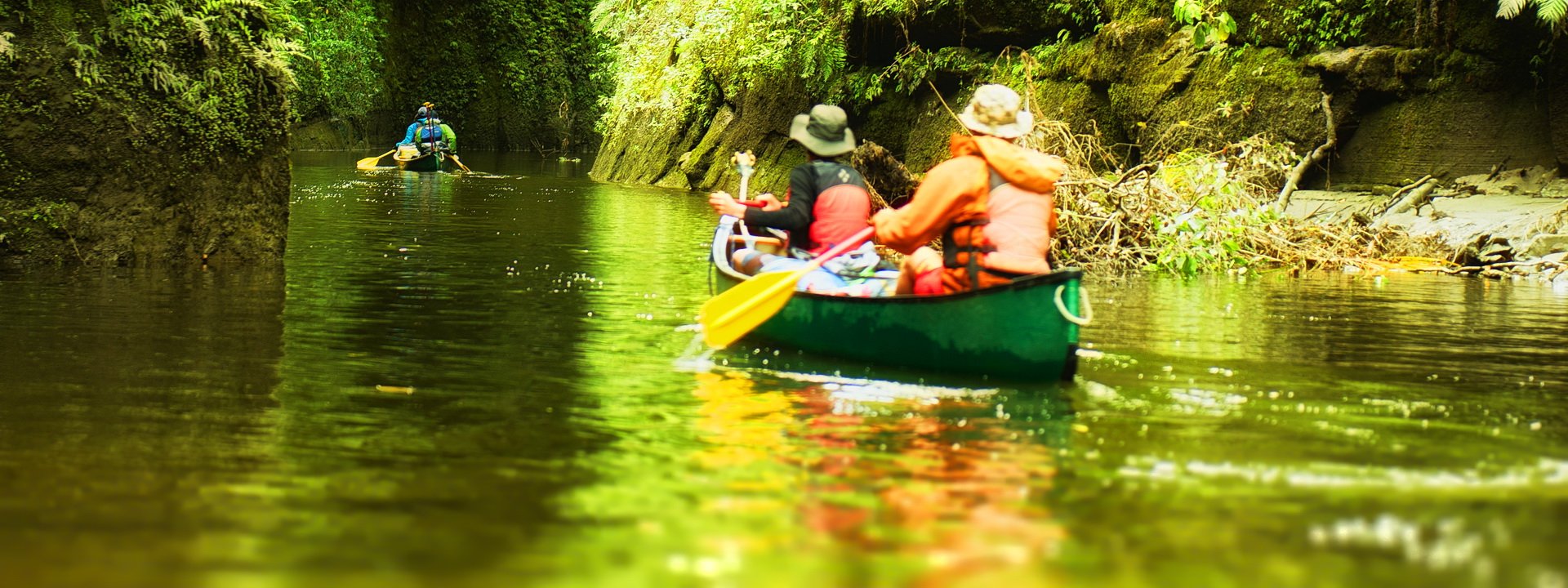- About Us
-
Trips
-
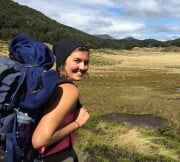 Kiwi-Style Hiking
Kiwi-Style Hiking
-
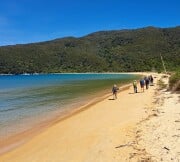 Great Walks
Great Walks
-
 Hiking Tours
Hiking Tours
-
Alpine Hikes
-
Custom Groups
- Huayhuash Trek
- Family Northern Explorer
- Family Southern Explorer
- Lake Waikaremoana Hike
- Women's Custom Tours
- Women's Southern Wilderness
- Coast, Canyons and Mountains
- Coastal Wanderer Custom Tour
- Don't Cross the Ladies
- Secret South Custom Tour
- Tekapo Hike
- West Coast Custom Tour
- World Heritage Custom Tour
-
- Blog
- Shortlist
- About Us
- Trips
- Blog
- Shortlist
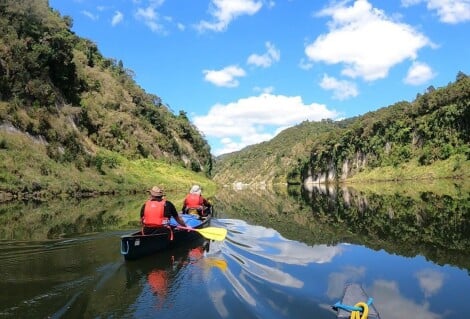 5 Days
5 Days
Whanganui River Canoe 5 Day
$1,595.00
NZD
Ohakune return
Camping, Lodges
Paddle through the heart of Whanganui National Park, a remote and impenetrable region rich in Māoritanga (Māori culture).
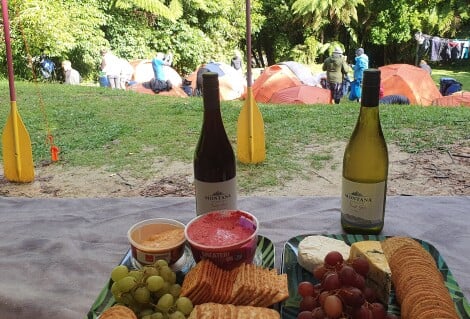 4 Days
4 Days
Whanganui River Canoe 4 Day
$1,395.00
NZD
Ohakune return
Camping, Lodges
Paddle through the heart of Whanganui National Park, a remote and impenetrable region rich in Māoritanga (Māori culture).

